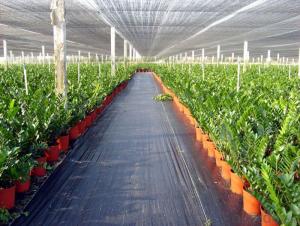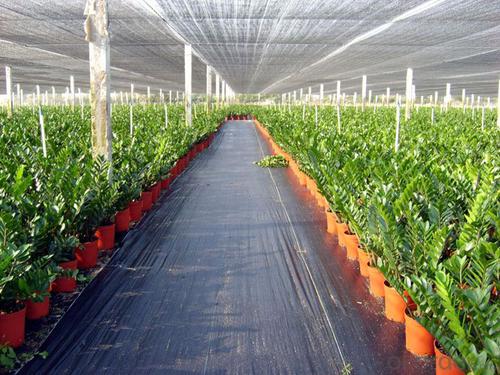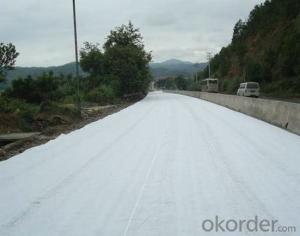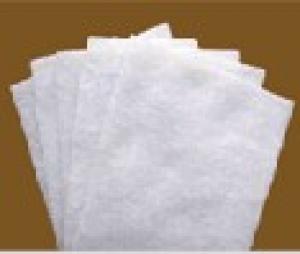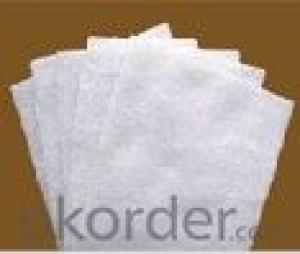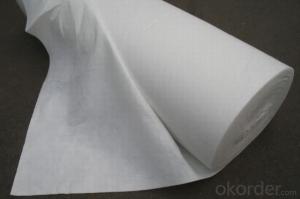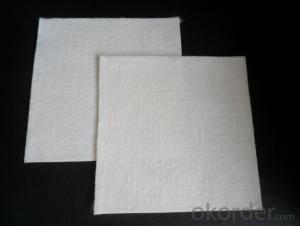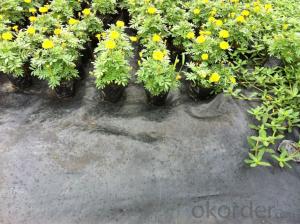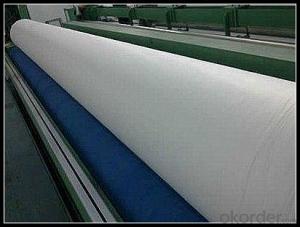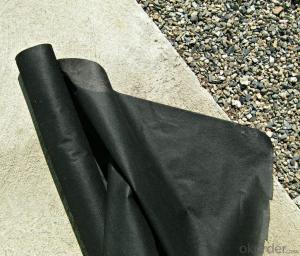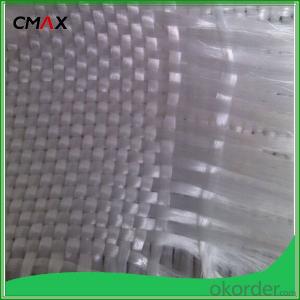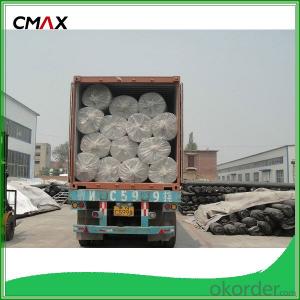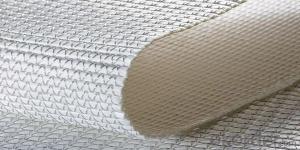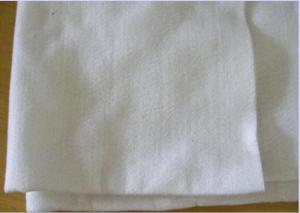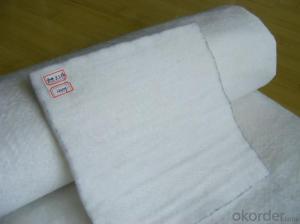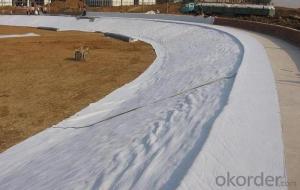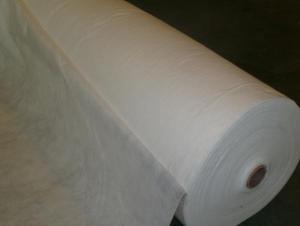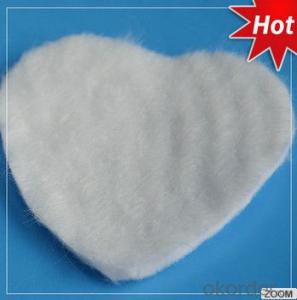Mirafi Geotextile Fabric - PP Woven Polypropylene Fabric with Green Lines
- Loading Port:
- China main port
- Payment Terms:
- TT OR LC
- Min Order Qty:
- 5000 roll
- Supply Capability:
- 10000 roll/month
OKorder Service Pledge
OKorder Financial Service
You Might Also Like
Woven Fabric Description:
1.Woven Fabric Description:
Made from PP(Polypropylene) or PE (Polyethylene) flit yarn on circle weave machine.
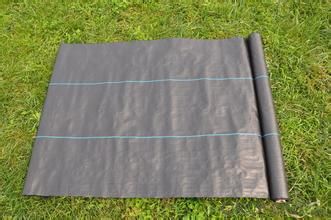
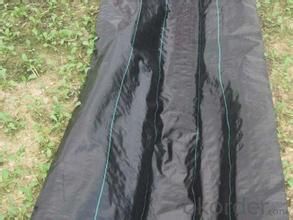
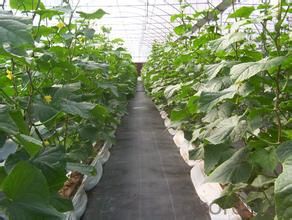
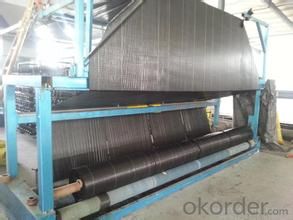
2.Wooven Geotextile Functions and Features:
1)Excellent weed control
2)Excellent UV resistance
3)Moisture,fertilizers,air reach plants to allow for healthy soil
4)Good water and air permeability
5)Exceptional toughness and strength
6)Durable,tear-resistant,anti-rot and anti-mildew
7)Light weight,easy to install,follows natural ground contours
8)Ideal for use in landscaped beds,under decks and walkways
9)Fashionable design,high quality,competitive price
10)Long service life
3. Woven Geotextile Property:
1) Light weight, high strength, low elongation, easy to construct.
2) Reinforcement, separation, drainage and filtration, fencing function, etc.
4. Woven Geotextile Application:
It can be widely used in areas of railways, highways, sport fields, earthwork projects, etc
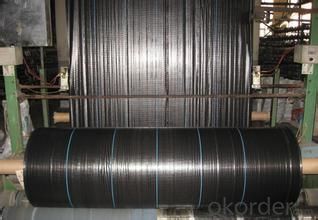
5. FAQ:
- Q: What can we do for the special customer?
A: Provide custom made service with customer's drawing; We make sure to provide you with the best solutions for your individual case. Whether standard items or non-standard items.
- Q: What can we supply?
A: We provide high levels of communication from start to finish.
- Q: What is our advantage?
A: Top Cemented Carbide has extensive business experience, Fast delivery and high quality.
- Q: What is the geotextile of polypropylene gb / t?
- GB / T-2017 Geosynthetics Static Crack Test (CBR Method) This standard specifies the method of measuring the breaking strength of geosynthetics by flat top pressing bar. This method is usually carried out on samples that specify the standard atmospheric humidity. This standard applies to all types of geosynthetics, but does not apply to materials with a pore size greater than 10mm.
- Q: What are the long-term performance expectations for geotextile installations?
- The long-term performance expectations for geotextile installations vary depending on factors such as the specific application, the quality of the geotextile material, and the environmental conditions. However, in general, geotextile installations are designed to provide durable and reliable performance for extended periods, typically ranging from 20 to 50 years. Regular maintenance and monitoring can help ensure that geotextile installations continue to perform effectively over the long term.
- Q: Is the current tunnel construction, modular waterproof board (geotextile) is available?
- This is a new type of combination of anti-storage, drainage and drainage structure: the bottom of the polymer thermoplastic waterproof sheet, the surface of the sheet was plum-shaped hollow conical arrangement, the middle is unique by the two layers of staggered Composed of TDV three-dimensional geonet, the upper non-woven geotextile, the combination of new products in the use of the process to maintain a considerable thickness, load load increases, can provide a high conductivity.
- Q: How do geotextiles affect plant growth?
- Geotextiles can positively impact plant growth by providing a stable environment for roots, preventing soil erosion, and promoting moisture retention. Additionally, they control weed growth, regulate soil temperatures, and enhance nutrient availability, ultimately leading to healthier and more productive plants.
- Q: What is the difference between geotextile and impervious geotextile, geotextile and impervious geotextile?
- Geotextile play filter, filter, the role of reinforcement, with water permeability! Anti-seepage geotextile is generally made of geotextile and geomembrane compound, known as composite geomembrane, or simply as impervious geotextile, you can search for geotechnical materials Pan Huijie consultation to understand. Or user name consultation.
- Q: Are geotextiles resistant to fire damage?
- Yes, geotextiles are generally resistant to fire damage. They are often made from materials such as polypropylene or polyester, which have inherent fire-resistant properties. Additionally, geotextiles can be treated with flame retardant additives to enhance their resistance to fire damage. However, it is important to note that the level of fire resistance may vary depending on the specific type and composition of the geotextile.
- Q: Can geotextiles be used in riverbank stabilization projects?
- Yes, geotextiles can be used in riverbank stabilization projects. Geotextiles are often employed in these projects to prevent erosion and provide soil stabilization along riverbanks. They help to reinforce the soil, control water flow, and protect against scouring, making them an effective solution for riverbank stabilization.
- Q: Can geotextiles be used in the construction of green roofs?
- Yes, geotextiles can be used in the construction of green roofs. Geotextiles are often used as a layer in green roof systems to provide drainage and filtration, helping to manage water flow and prevent erosion. They can also help to separate different layers of the green roof system and provide stability to the growing medium.
- Q: How are geotextiles different from other geosynthetic materials?
- Geotextiles are a type of geosynthetic material that primarily functions as a permeable fabric used in various civil engineering applications. Unlike other geosynthetic materials such as geogrids or geomembranes, geotextiles are primarily designed to improve soil stability, filtration, drainage, and erosion control. They are typically made from synthetic fibers and have a textile-like structure, providing strength, flexibility, and high water permeability. While other geosynthetic materials may have different functions such as reinforcement or containment, geotextiles excel in their ability to separate, filter, and reinforce soil, making them unique in the realm of geosynthetics.
- Q: How do geotextiles help in reducing the risk of soil liquefaction?
- Geotextiles help in reducing the risk of soil liquefaction by providing reinforcement and stabilization to the soil. When geotextiles are installed in areas prone to liquefaction, they act as a barrier between the layers of soil, preventing the movement and flow of water. This restricts the buildup of excess pore water pressure within the soil, which is a major factor in causing soil liquefaction. Additionally, geotextiles improve the overall strength and cohesion of the soil, making it less susceptible to liquefaction under seismic or water-induced loading.
Send your message to us
Mirafi Geotextile Fabric - PP Woven Polypropylene Fabric with Green Lines
- Loading Port:
- China main port
- Payment Terms:
- TT OR LC
- Min Order Qty:
- 5000 roll
- Supply Capability:
- 10000 roll/month
OKorder Service Pledge
OKorder Financial Service
Similar products
Hot products
Hot Searches
Related keywords
